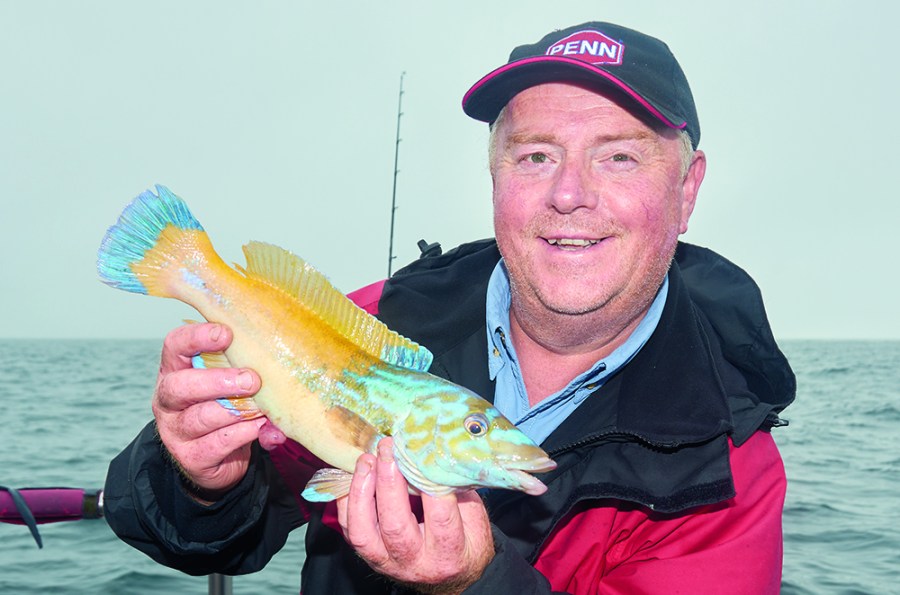During normal angling, the law of averages suggests you will catch the odd specimen sized fish, but we must accept these are lucky captures, notable though they are. There was no intent on our part to deliberately catch it. To move on from this to become a consistently successful specimen hunter you’ll need to change your whole fishing philosophy.
To consistently catch bigger fish, you first need to define what your target is then devise a strategy to achieve it.
Where and how do you start? Here are some of the key things that will set you on your way to becoming a successful specimen hunter.
1. What constitutes a specimen fish?
If you are a member of a club or national federation, chances are you should already have access to a specimen fish list governing the weights you need to achieve. National lists are ok but are likely to be based on overall weights across the whole country and not necessarily applicable regionally. This can be a disadvantage if, for instance, you want to target bass. Specimen bass are far more common south of a line between The Wash and Anglesey so the further south you fish. If you want a 10lb bass and live in the north of Scotland, you’re more than up against it and would obviously need to adjust the specimen size accordingly.
Regionally based clubs, whether affiliated to national federations or not, will naturally have more realistic record and specimen weights based on the boundaries of their geographical location. This is a good place to start. Use their lists as your first guide.
If you’re not a member of a club and need to define exactly what a specimen fish is, then there’s a basic rule to follow. It doesn’t matter whether you take a national record fish or a regional record fish as your start point, any fish that achieves 70 per cent of the record weight is a definite specimen. This, however, isn’t a precise science, for instance bass are a specimen at 10lb, but the record is 19lb 12oz. The maths does not add up because these monster bass are likely to be fish that have had a more southerly warmer water upbringing with an increased growth rate that have filtered into our southern waters. Looking at it logically, bass over 14lb are incredibly rare in UK waters. Those above this weight are most likely to be those southern migrants distorting the ceiling weight. Seventy per cent of 14lb is 9.8lb, near enough to 10lb to warrant the recognised 10lb specimen bass weight that is applicable to fish living solely in UK waters.
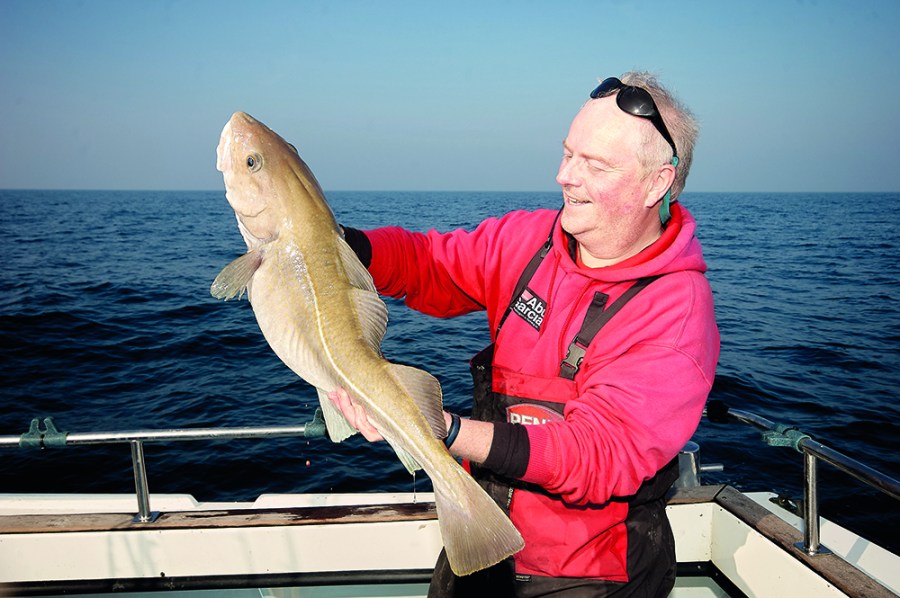
Common sense needs to prevail when working out some target weights based on the numbers of a species caught, and their average weight overall. Take the summer migrant stone basse. Very few are caught in the UK and Ireland as a collective, a handful at best. Stone basse can grow to well over 200lb in warmer waters, but in the UK they are juveniles averaging around 7lb with the odd bigger fish over 12lb. To get a specimen weight to start with, you take the 12lb fish then apply the 70 per cent rule. It comes out at roughly 8lb, so that is the target to start with. If you worked to the 200lb ceiling weight for the species, you’ve no chance as these fish currently, do not seem to visit our waters.
Older records, say for plaice or cod, that have stood for donkey’s years also distort modern target weights. It’s then a case of research and identifying recent notable fish with recorded weights and working out an average, then applying the 70 per cent rule. Nowadays, in most areas, anglers would be over the moon with a 10lb cod due to overall cod numbers being generally very much depleted to what they were 30 years ago. A 10lb shore cod today could arguably be classed as a specimen for most anglers, sad as that is to those of us that remember what cod fishing once was.
-
Shore vs Boat
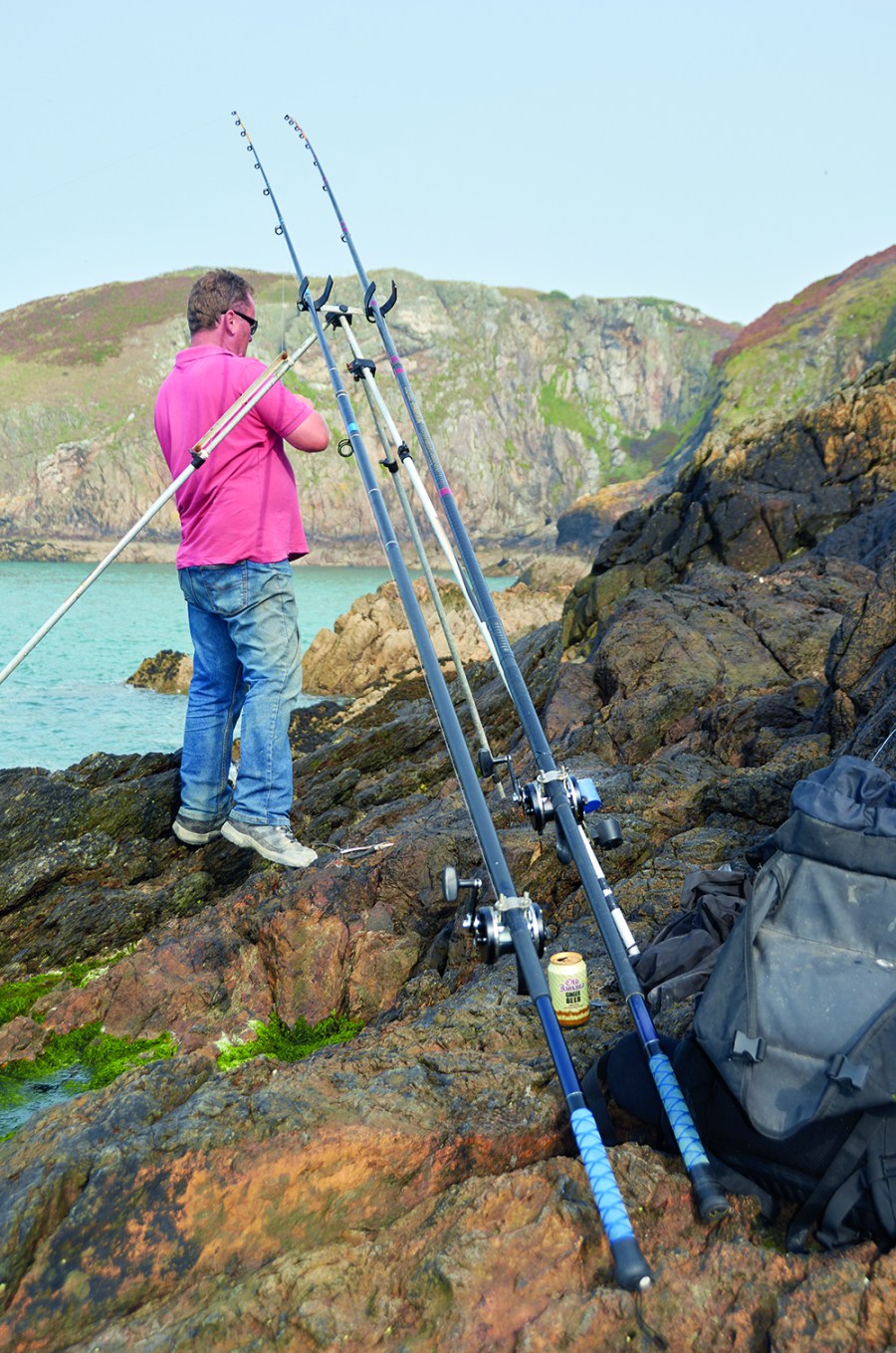
You will also have to adjust weights for shore and boat caught species. Generally, boat species weights need to exceed those of fish caught from the shore, but again we need to apply common sense accordingly regarding localised catches and recorded species weights. Generally, if you look at regional fish records for a specific area, most fish being territorial or semi-territorial in nature, the 70 per cent rule will work perfectly. This applies to seasonal migrators such as tope and sharks, too. As records are broken, simply adjust by that 70 per cent factor and you’ll be accurate.
Personally, I’ve always used the Irish Specimen Fish List compiled by the Irish Specimen Fish Committee as my main guide for all my target weights. It is constantly adjusted as species fluctuate in size due to outside pressures such as commercial fishing and I’d strongly suggest you familiarise yourself with their list if you want to be accurate when assessing your existing and future target weights. It’s an excellent base to work from. They also give total lengths for specimen fish for those of you that want that option and are looking to minimise the stress on fish during weighing. Working to the specimen total length is also easier if you’re fishing on your own, especially in bad weather. Irish Specimen Fish Committee website: www.specimenfish.ie
-
The mindset of a specimen hunter
The jump from freelance fun fishing to specimen hunting is huge. Your fishing, from now on, needs to have a definite goal in mind. If you’re totally committed to being a specimen hunter, then you need to use your time to the maximum. The more time you can fish, the greater the percentages work in your favour. You do this by picking out two or three venues that seem likely to produce bigger than average target fish and fish them hard at the most appropriate times. Maximising your time in the pursuit of one individual fish is crucial. Top carp anglers chasing individual fish are a good example in how blinkered you need to be. It’s a campaign with a targeted conclusion that can’t be deviated from, as its key to success. You’ll likely have to get used to fishing alone, too. It’s rare to get a mate with the same mindset. Specimen hunting can be a lonely business!
Take no chances and eliminate anything within your fishing that is a weakness. Get the best fresh bait appropriate to your target species. Plan your trips well advance to guarantee the perfect tides around work and family commitments. Make sure your tackle is always fully maintained. No excuses, it must be perfect. Big fish are astoundingly adept at finding such issues and make good their escape. And be prepared to fish in bad weather. Specimen sized fish have a habit of turning up on the snottiest of days.
-
Understanding specimen sized fish
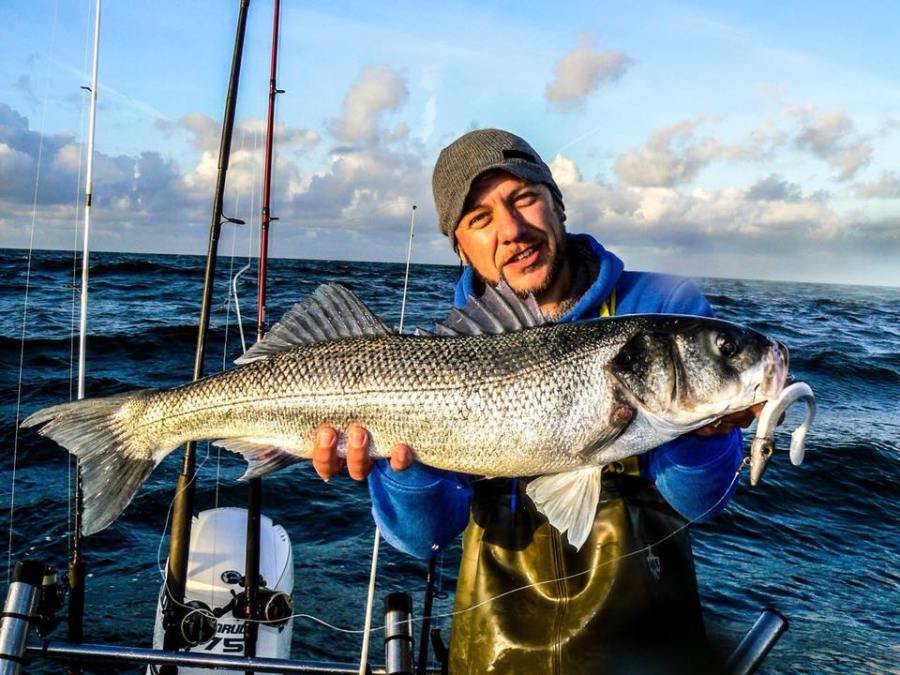
The biggest learning curve is that specimen sized fish do not typically act like the rest of their species. They are individual fish with a big fish mentality to movement, feeding patterns, preoccupation with specific food types, and their choice of terrain.
An important point is that specimen sized fish rarely run with the smaller fish. The competition for food is too great for a big fish, often slower in its movements, to compete with numbers of more nimble fish of a lesser size. They seek out areas where the competition for food is minimal. A prime example are dabs. Small to average sized dabs will frequent beaches in numbers but you’ll have to catch hundreds before you get lucky with a big one. Fish the mouths of smaller estuaries or harbours in February and March and you bring the odds much more into your favour of a specimen. Few anglers know this fact, but it’s your best chance of a big dab.
Similarly, there’s no point fishing a rock mark where you catch loads of strap conger. This is likely to be where lots of anglers fish as it’s easy to get to and they’re almost guaranteed a catch. Look for much rougher ground that nobody wants to fish due to tackle loss where the angling pressure is way less, and the fish get chance to grow bigger. Its these “off the path” marks that produce the better fish. This applies to pollack, huss and wrasse too.
-
Match the hatch
Feeding habits need to be analysed. Big conger feed mostly on whiting, pout, poor cod and rockling. These are the baits to fish, natural ones they commonly find. A chunk of mackerel might work, but it’s not what they commonly feed on and matching the hatch is important. Little wrasse take worm baits readily, bigger wrasse eat crab, so stick to crab. Big bass are best targeted with whole squid, fresh pout, poor cod and big crab baits. Most anglers fish worm baits, meaning we limit our chances of those bigger fish. Always bear in mind that big fish need big calories. They don’t generally get that from small baits. In a nutshell, identify areas where there are large amounts of a food source your target fish is known to eat and sooner or later, you’ll get a specimen.
One thing good specimen hunters do is to disregard the rules. Thinking out of the box and doing something different will often produce a bigger than average fish. If you get a hunch or gut feeling about a mark or set of weather patterns, back it!
-
One target at a time
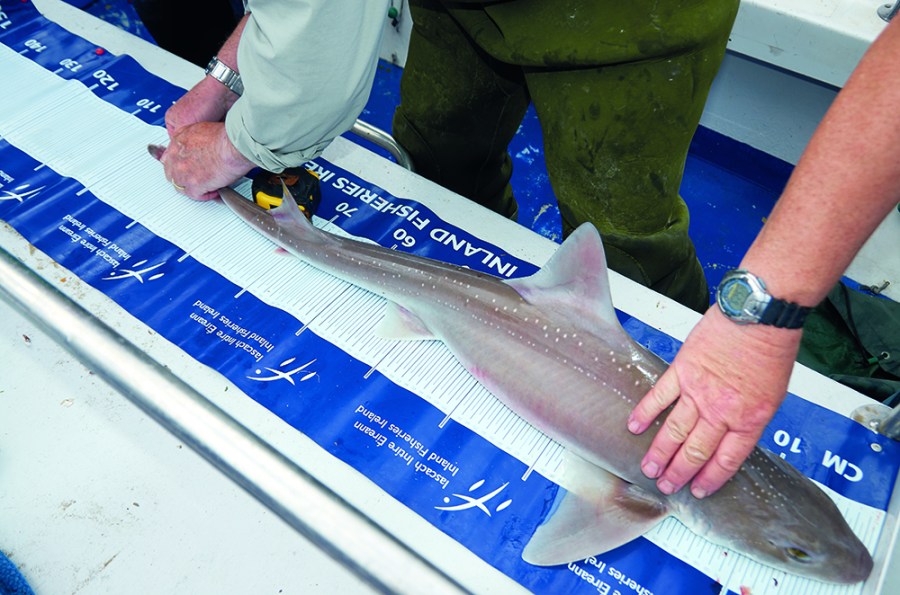
To begin, pick out one species you particularly want to catch. Research it fully, both nationally and regionally. Try to identify marks that produce specimen sized fish, the months and weeks they were caught, the tides and the weather patterns at that time, and the bait it was caught on. Fish are creatures of habit and if they’ve shown in one spot in certain conditions before, the chances are others will again. An accurate date means you can research local and national papers and magazines thoroughly and identify the tides and weather patterns that were applicable at that time. Keep a file on each species that interests you and keep adding to it to build up a full picture.
Use this first target fish as a learning curve for the research needed and your own organisation of tackle and time. Some species give access to all year-round fishing, but most are specific to a certain time of year. A lot of specimen hunters choose to break the year into quarters to allow the pursuit of other species more aligned with that more productive time of year. This increases their chances of specimens. It’s about being reactive to what is available to you, and not necessarily always what you would rather catch.
A good example is to target huss off the rocks from New Year to March. May to July smoothound. August to September try for mullet, then target a big bass from October to December. Just examples but fishing at the peak times dramatically increases your chances allied to time available to fish. Boat anglers can also target one species at a time or break it up. A good first target is a wreck pollack over 16lb or a coalfish over 12lb based on today’s catches and adjusted accordingly by region. A tope over 40lbs off the shore is another, though the numbers of tope being caught are good and the overall size has increased in recent years, suggesting 50lb is now a more accurate specimen weight for boat anglers.
It’s also important to be versatile and recognise sudden opportunities that fall at your feet. I remember fishing a wreck with a friend. Suddenly, there were some big pout coming up and he realised it was the perfect chance, changed to a set of small-baited feathers and got an Irish specimen pouting. That window for the pout lasted less than 10 minutes. A bit like a Scout, always be prepared!
-
Weighing fish
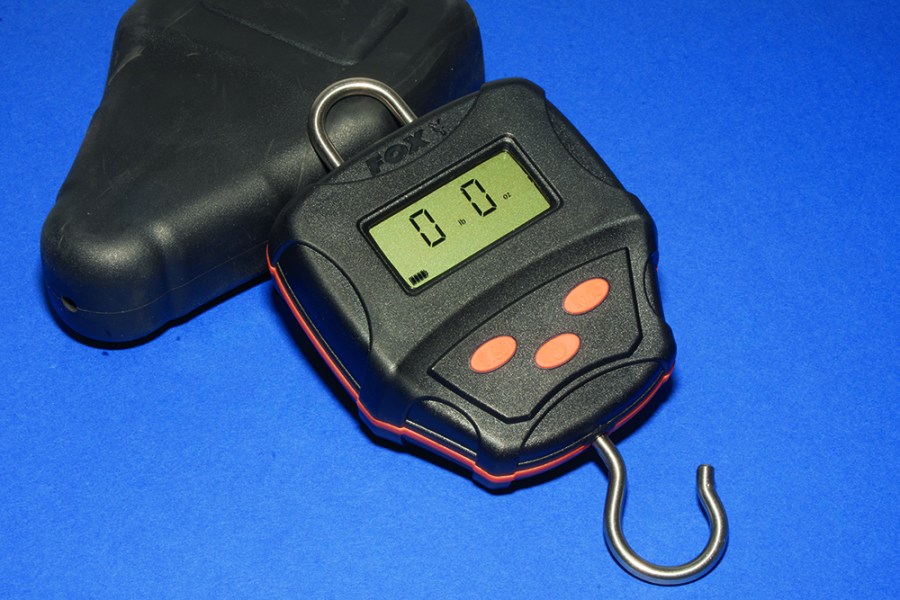
Weigh scales need to be accurate. The best are the modern digital weigh scales. The carp company Fox do a compact lightweight version that weighs up to 132lb (62kg) which is far higher than you’re likely to need for general fishing, but its accurate by single ounce divisions. If you are likely to weigh larger fish, such as tope or conger, then get a weigh bar to aid lifting and give a steadier hand hold. You can also deduct the weight of a bag or sling prior to weighing to get totally accurate readings without recalculation. Some anglers also target smaller fish such as corkwing wrasse, and these are best weighed on a set of pocket-sized flatbed digital scales typically used for weighing jewellery. They weigh up to 500g, can be under a tenner and are well worth having.
Weigh small fish to 1lb directly on the digital flatbed scales, and fish to 2 or 3lb in a plastic carrier bag that’s wet inside to help protect the fish on the bigger handheld scales. Bigger fish such as bass, wrasse or cod are now starting to be weighed in carp or predator anglers’ weigh slings which allow safe lifting of the fish and safe return to the water. There’s a Fox Rage weigh sling for predators such as pike that retails for around £25, so we’re not talking silly money here. Larger fish such as shore tope or huss should be weighed in a sling that fully encompasses the full length of the fish to keep it safe and with carry handles on. You’ll probably have to fashion one of these for large fish yourself from a tough groundsheet type material and add web handles.
-
Selecting the right tackle
Whatever your target fish making sure you have the right gear for the task is paramount. Make sure you research what kind of tackle is going to give you the best chance to succeed in your quest. It seems obvious and of course if you’re chasing multiple species it will require investment in the right rods, reels and end tackle. Many anglers, out if necessity will, use broadly the same gear for different species – but to hunt the bigger specimens careful preparation is need and this extends to every part of your tackle box.
-
Choosing the right bait, venue and time
The bigger fish in any species are by definition older and wiser. IN the case of some species they will often specialise in hunting in a particular way for a particular prey. Once you’ve selected a potential location make sure you are fully briefed on the tides and features in the area and what prey species might be lurking. For instance, big bass can be very fussy about what bait they will take. There are shore marks where really big bass appear only for a few weeks at a certain time of year hunting areas not normally known to produce fish – local knowledge is of course key and use it to find out what these big fish are taking as bait and concentrate on using that – however odd it might seem.
-
Be patient, take your time
Hunting down that really big specimen could take time. Time in preparing and identifying the right mark, time to persist in your quest and time on the beach and boat when you begin to think it’s never going to happen. Anglers are generally patient by definition but hunting down that elusive specimen is going to need more patience than most anglers will be able to muster. Sometimes that specimen will come first cast – sometimes you might need weeks to hunt it down. Either way you need to prepared to persevere if you are going to succeed
Follow all these tips and you’re well on the way to becoming a successful specimen hunter. It can be daunting at first, but if you really want to do it, then you’ll persevere and it gets easier, much easier, as time ticks on and you gain more and more experience as the big fish list builds.
First published in Sea Angler issue 622

